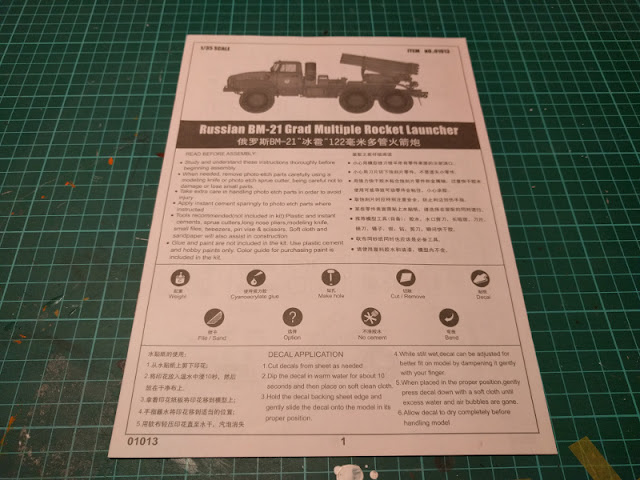Progress
To begin the assembly I glued the cabin into the framework. It settled in pretty decently. I chose to leave the front grille off still so that I could paint the engine compartment somehow nicely. The best result would've been achieved by painting these separately as well but that would've led to the glue-paint mess and I really didn't want any of that if I could avoid it.While the cabin's gluing was curing I assembled the exhaust pipes and then glued these rather complicated setups into the framework. Those holes I had to drill ages ago were very well positioned and of the perfect diameter so I didn't get any more grey hairs while installing.
Then I proceeded to the spare wheel rack. The instructions told to use a bunch of PE stiprs to hold the wheel in place. That didn't appeal to me as I wanted to keep the wheel off for a good while still. So I used a couple so that I could slip the wheel in and out without a fight. The rack itself was neat.
A tactical choice
I decided to build the next few main subassemblies separately again instead of blindly following the instructions. Again I'd first assemble them, then prime them and basecoat them all separately. Only then would I put them in their places and attack the truck with some sort of a camo. I was thinking of checking how the Ukraine-invading Green Men looked like. Or I'd just paint some kind of sand-coloured bands to break the form a bit.Following these guidelines I had just made pu I left the wheel rack on its own and continued on the next piece. Not that I could tell you what the function of this one was, but I can tell that it had boxes on it. This'd be located just behind the wheel rack, below the rocket tubes in the transport mode.
After the mysterious box setup I finally got to start working on the final missing main component: the M-21 Field Rocket System. I had been waiting for this for a long time, a long time, as this was going to be the crown of the whole model.
The base of the launcher, the system that controls the traversing and elevation of the launch tubes was fascinating. It had plenty of space to adjust the position for the pieces, but as you can see in the first photo below, the elbow joint locked the launcher's vertical angle when it was glued together. I was boring and left the elevation at its lowest setting, so it would look ok in the transport mode as well as in a firing position.
Some plumbage
With my experiences so far I was somewhat scared of how long I'd spend working on the 40-tube launcher. Cleverly the launcher started being formed with three 8-tube rows, with each tube getting a rocket's tail end glued in. Of course I could've left some of them open for a partial load, but I went with a full loadout so that it wouldn't run out of rockets that quickly. A fully armed and operational vehicle, just the way I've always liked them.Then, on top of the triplet built earlier I built another almost identical 8-tube row, the only difference were the missing top attachment points. After that, to hold the packet together from the sides I built two 4-tube rows (or columns in this case?). I was honestly surprised by the sheer weight of this tube setup as it was actually a bit on the heavy side.
As soon as the glue had cured I attached the launcher's tubes onto the elevator mechanism and then added the last missing decorative and supporting pieces around the tube pack. During the next evening I built the last missing parts, which included the traversal and elevation controls and the PG-1M panoramic telescope that's used to aim the thing. Now I was a bit disappointed that there was no K-1 collimator for those who are into dioramas... That piece could've pushed me over the edge.
That was it, I think. Next I could start priming this monstrosity for real.























































